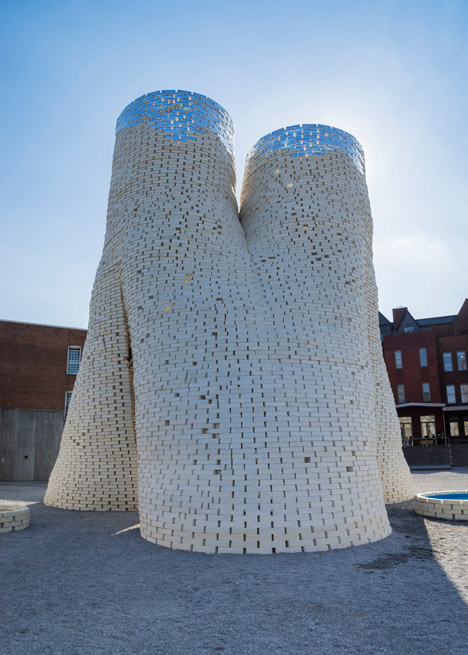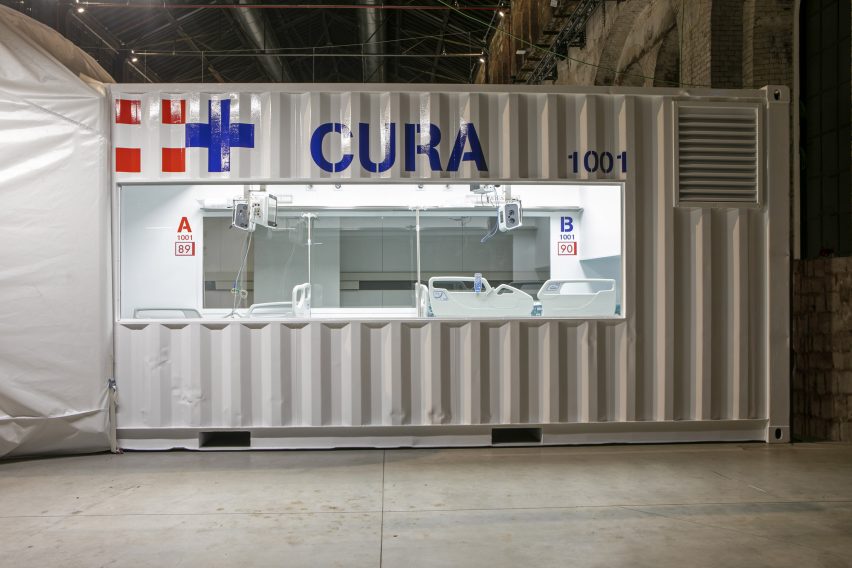By Sophie Pawson
I’ve been thinking. A lot. At the end of October it was International Sustainability Week, and we did a campaign where we put up a post a day that was relevant to our practice’s outlook on sustainability within construction (mostly) on Instagram and Twitter. This isn’t a plug of the work that I did, although if you were to go and like every single post, leave a comment, share…I think I’d be okay with that, but rather an acknowledgement of a guilt that seems to be hanging over individuals and businesses like never before, and a desire to do more than just post on social media about it.
I feel incredibly privileged to be working for a company that approaches sustainability with equal parts passion and concern. I’ve had experiences of companies where they’d greenwash, throw something up on socials on national recycling day, then leave all their taps running, make the office warm by keeping the microwaves on constantly and throw their empty ink cartridges into The Thames.
I’m exaggerating for effect, but as this year comes to a close, this is something I want to really dig my claws in to for 2021, and I know as a company Clear Architects shares the same ethos, so what a great excuse to make your job your passion!
I thought it may be interesting to come in from a totally different perspective (that’s my polite way of admitting my architectural knowledge isn’t quite as polished as those who’ve been in the industry for several years) and ask my colleagues two questions inspired by my basic ideas for sustainable building, and see if they can squeeze some real potential out of them:

Q1. I read a really fascinating article about how some companies, including Ikea, are adopting a replacement for Styrofoam that is completely biodegradable when they deliver furniture. It’s held together by cultured fungus and is designed to be waterproof. It eats farm waste, and can be composted, unlike Styrofoam, a sustainability first. While I know a compostable house isn’t exactly aspirational design, do you think there’s any scope to use biodegradable materials or fungus in build? Maybe as insulation?
Ricky: This is a really interesting topic! In one of my university projects, we actually looked at fungus’s role in construction – with a particular focus on its use in repairing cracks in concrete. They took inspiration from how skin heals itself and incorporated fungal spores and nutrients into the concrete matrix. Cracks then let in water and oxygen, activating the spores, which grow, producing calcium carbonate, and this process bonds the concrete back together. Insulation may be a little way off since fungus tends to need water to thrive (with which insulation doesn’t mesh particularly well), but “living” walls that could “heal” themselves one day is definitely something that isn’t complete science-fiction and I would love to see in one of our projects…
Alexa: I wish I could give a straightforward answer to this, and there is definite potential, but there’s just so much you’d need to clarify. There are millions of varieties of fungi and I don’t know how similarly they all act, that’s something we’d need to leave to the innovators… and once they chart the behaviours of these fungi would different measures need to be put in place to make sure they worked properly? For example, what’s the purpose of the building? If this is the type of fungi that will respond to water presumably you can’t build a steam room wall with it.
What’s the life-span of the building? Maybe a compostable house is aspirational design if the need for it isn’t permanent [an example, Hy Fy pictured above won the Young Architects Programme]. If it is designed to be impermanent, then you’d need to be a lot more mindful of the sustainability of the rest of the materials used, as well as the timeframe someone has in that building where it is safe to occupy it, especially if it’s a home.
So to conclude, whilst I’m almost certain there will be a place for fungi in architecture in the future, maybe even the very near future, I would need a debrief with a specialist before I put in one of my own projects! I have too many questions to apply blind faith at this stage.

Q2. This year an architectural firm have gained approval to build the UK’s first micro-homes made from shipping containers in Aylesbury. These lots are designed to maximise underused urban areas – so with this in mind, how creative do you think people can get with these micro-homes? Today shipping containers, but tomorrow could we weld together old refuse and waste, maybe ocean debris, to build homes or shelters majoring on sustainability? How fast do you see this form of architecture advancing and what are your thoughts on it?
Bruno: As the studio is going for a sustainable design, we did consider this quite seriously at one point. I really like the idea of the shipping containers and the recycling of them to produce buildings. I remember an article last year that talked about how in Barcelona, the council used these containers to build blocks of flats in empty plots around the city centre for people with low income. Also during this pandemic, I’ve seen a few proposals to create extensions into existing hospitals to increase the capacity (there´s an example in Turin, by Carlo Ratti). I think the key to this type of construction is that the containers are cheap, they have standard dimensions and the construction is very quick (that´s why they are used in “emergency” situations as well). Their biggest weakness is that they need a lot of insulation to keep out cold and noise.
Athina: I definitely see the construction industry evolving and adapting as we move forward, especially considering the huge impact it has on climate change. Shipping containers have been widely used in the last 10-15 years in all types of projects, predominantly as cladding, as they are not only sustainable but, with the correct detailing and finishing, can also have aesthetic merits.
I believe that a lot of discarded materials (trash, if you like) can be repurposed and, with the appropriate treatment, be used as cladding e.g. wood pallets (examples are Manifesto and Waste House). However, I would be very interested in seeing every-day wastage used as building components, for example, textiles and fabric waste used for insulation with the appropriate treatment for liveability, such as fireproofing. I think that could be quite revolutionary considering that the fashion industry is responsible for 10% of the annual global CO2 emissions with incredible amounts of textile waste. Similarly, plastic being a strong, durable material can be recycled to create building blocks.

These are two topics I scratched the surface on and my own research, incorporated with the perspectives of my colleagues, has really given me some food for thought. As I mentioned above, a lot of unsustainable practice is accompanied with a sense of guilt.
I’m left with a few sustainability questions – I know architects take great pride in their work, so would they want to create a house that may not be there in ten years? Would insulation created from clothes completely rewrite the current narrative on fast fashion? Living bricks are already a reality, so living walls plausibly don’t seem that far away, and neither does the likelihood of shipping containers being used in increasingly versatile projects when you consider how many cities have already incorporated them to meet increasing need for space.
This piece was designed to trigger thoughts and responses, so if you have any insights or opinions on these topics, please share them with us on any of our social media or send me an email!



